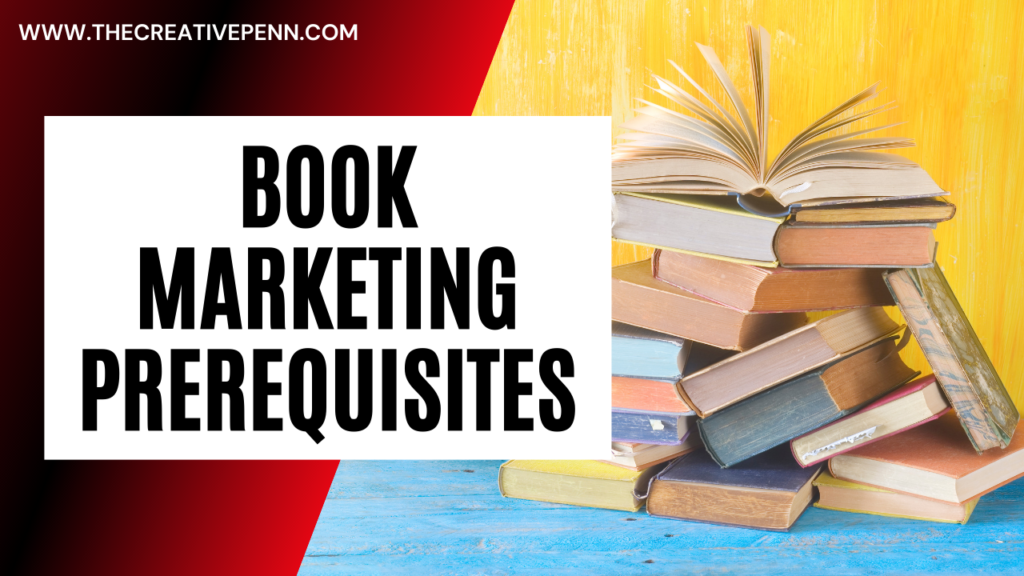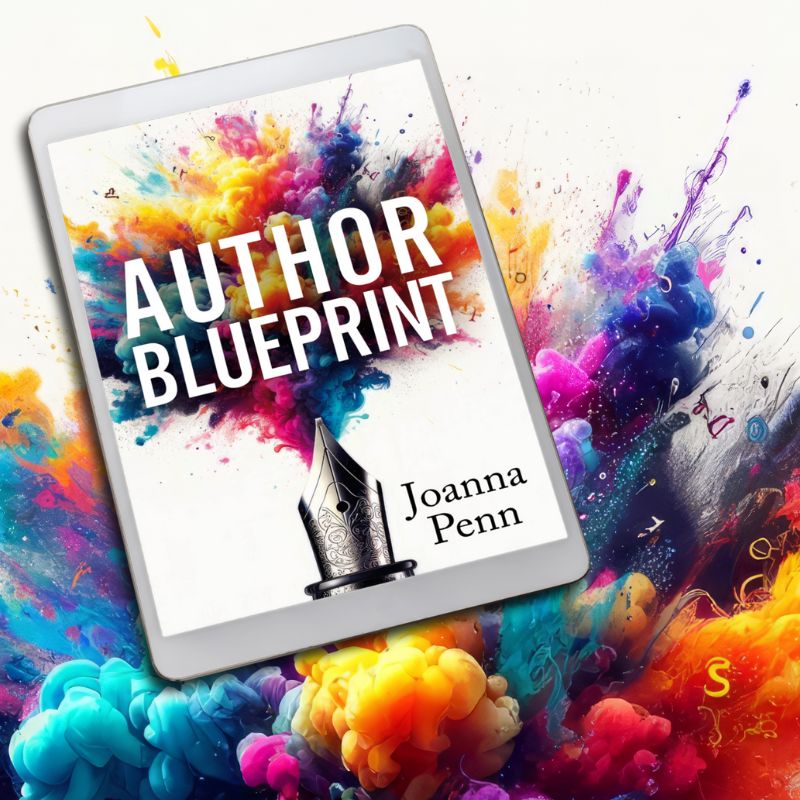If you don't get these prerequisites right, your book marketing can be a waste of time.
This is an excerpt from How to Market a Book Third Edition, available now in ebook, print and audiobook formats.
1. Produce a quality finished product
What defines a “good” book is up to the reader. 125 million readers loved 50 Shades of Grey, whereas the latest literary prize-winner barely sells a fraction of that, yet is lauded by the media. So this is no comment on what genre you choose to write, but whatever it is, you should aim to create a quality finished product that your readers will enjoy.
Your book is competing with millions of others out there, and it needs to stand alongside the bestsellers in your genre. You also want to produce the best book you can for your sense of pride, and respect your readers enough to care about their experience.
This means spending time on your writing craft and using professional editors and proofreaders to ensure your book is the best it can be, plus using professional cover design to attract your target readers.
Mega-bestselling indie author Hugh Howey explains why you need editing processes in order to self-publish quality material.
The biggest barrier to releasing quality material is probably impatience. You have a work that feels pretty good; you’re exhausted; you want to move on; you might be a bit delusional about how good it really is; so you hit publish. Nobody steps in and tells you to make it better, to do another pass, to get a better cover, to write a better blurb, to hire or trade for some editing, to beg or trade for some beta reading. You simply jump the gun.
So curb your impatience and hire some professionals. Click the button below for my list of professional editors.
2. Understand your target market
Most new writers think that their book will appeal to everyone in the world, but the truth is that most people aren't interested or won't like your book.
The trick is to find those who will be interested. There are a number of ways to do this:
(a) Find your comparison authors
If you have an agent, you will need to discuss ‘comps' or comparison authors, and if you self-publish, you need to know this too.
The best way to hook into an existing niche in a reader's mind is to relate your book to existing products out there. So I say that people who like James Rollins or Dan Brown will enjoy my ARKANE novels because they are fast-paced thrillers with religious and historical themes as well as international locations.
Yes, that will also turn some readers off, but that's fine because your book is not for everyone!
You can also pick two authors or ideas and meld them together. I love Scott Sigler's description of his galactic football league books as The Godfather meets Any Given Sunday. My ARKANE books are Dan Brown meets Lara Croft. The reader knows what they're getting.
It's best to try and identify 5-10 books or authors similar to yours, or more if you can. Start to keep a list and if possible, copy and paste the covers and sales descriptions into a reference document, because they will be useful as models for your marketing later.
(b) Understand where your potential customers hang out
Once you know your target market, then you can look at where they usually browse or look for content. If you are writing a book on organic tomatoes, it might be organic gardening or healthy eating blogs and magazines, or sites/publications that review other similar books.
For fiction, it might be email lists that target those readers e.g. BookBub or sites/publications that review other similar books e.g. genre book bloggers
At this point, you want to focus on understanding who your audience are and where they hang out.
(c) Figure out which category or genre your book fits into on the retail stores
This is much easier for non-fiction. For example, you are an organic tomato enthusiast and you want to write a book on the subject. Who is the target audience for this book? Obviously, this will be organic tomato enthusiasts, but also organic gardeners in general, or foodie/gourmet types. They hang out in gardening or hobby categories.


There are expectations and ‘rules' within each of these categories that you need to fulfill in order to satisfy the demands of those particular readers, and knowing where your book will sit on the virtual shelf is critical.
3. Make sure your book cover design is genre-specific
Your book cover is one of the most important marketing assets you have. It catches a reader's eye as they browse, and people do judge a book by its cover, at least determining whether to read the sales description or check out a sample.
You also use your cover as part of your advertising and author platform, so it has to reflect the promise to the reader. Trust me on this, you will use that book cover in so many places, it is well worth the investment in a professional design. [You can find a list of book cover designers here.]
The exercise in identifying your comparison authors will help with this. You can identify similar elements of bestselling books and provide those examples to your cover designer as a starting point.
There are very clear design elements for genre books, e.g. if it has a dragon on it, the book is likely to be fantasy. Readers take cues from these images, and it is critical to give the right impression.
One of the best things about being self-published is control of the publishing process, so if your cover isn't right, or you just want to change it up, you can easily swap it out for a new one. I've changed covers on many of my books, and even the titles on some of them, and it's something traditional publishing often does to refresh the sales of older books.
This is an excerpt from How to Market a Book Third Edition, available now in ebook, print and audiobook formats.
Need more help?
If you'd like some more help on your author journey, check out:
- My Books for Authors, including How to Market a Book. Third Edition.
- My Courses for Authors, including How to Write Non-Fiction, and How to Write a Novel
- The Creative Penn Podcast, interviews, inspiration and information on writing, publishing, book marketing and creative entrepreneurship every Monday
- My videos at YouTube.com/thecreativepenn
- Join the Alliance of Independent Authors for education, advocacy, help and networking with other indie authors





